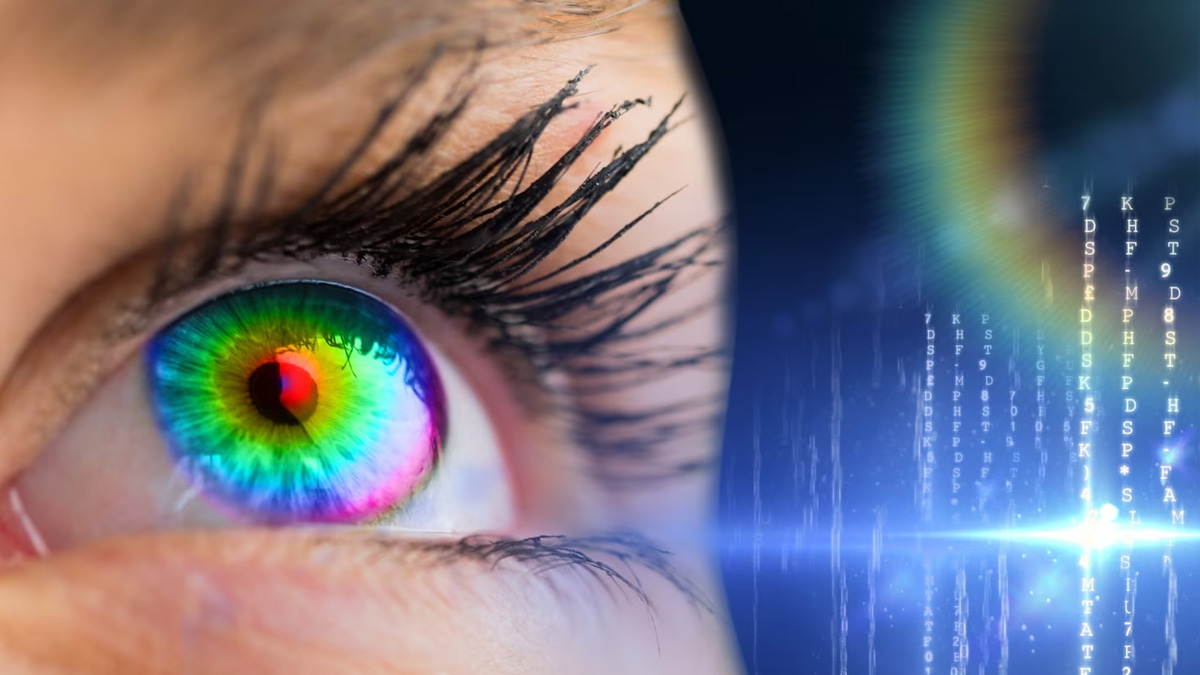
Being able to see colours is a blessing. However, not everyone has the luxury. Not that people with colour blindness, also known as colour vision deficiency, literally see black and white, but they may have trouble telling the difference between certain shades of red and green, or blue or yellow. While you may have heard about the eye condition, have you ever wondered why they happen and what the different types of colour blindness are? Read on to find the answers.
Table of Content:-
Also Read: Gaurav Khanna Opens Up About Colour Blindness On Celebrity MasterChef; Why Is It More Common in Men?
Types Of Colour Blindness

Colour blindness primarily occurs due to genetic factors, specifically issues with the cone cells in the retina responsible for detecting colour. These cells, or pigments within them, may be missing or malfunctioning, leading to an inability to distinguish certain colours.
According to Dr Mahathi V, Paediatric Ophthalmologist, Sankara Eye Hospital, Guntur, the two most frequent types of colour blindness are red-green colour blindness (being unable to distinguish red and green) and blue-yellow colour blindness (being unable to distinguish blue and green or yellow and red).
"In a few extremely rare cases, an individual is completely colour blind and can only see the world in various shades of grey. This is the result of damage to certain colour-detecting cells within the retina. It's pretty simple: it's about some colours appearing the same or together," he adds.
What Exactly Causes Colour Blindness?

Reportedly, around 30 crore people around the world have some form of colour blindness.
“Most of the cases are genetic and happen with the alteration of the genes that control the colour-perceiving cones of the eye,” explains Dr Mahathi, adding that eye disease, colour vision, age, some drugs, or nerve damage can also cause loss of colour vision.
Thus, in certain cases, the factors are not entirely genetic; there are also acquired influences present.
How Colour Blindness Impacts Life
Colour blindness can affect day-to-day activities in a person's life, from reading traffic signals and choosing clothes tonavigating environments that rely on colour cues.
According to Dr Mahathi, those professions with great dependency on colour vision, including pilots, electricians, and graphic designers, will have to be adjusted or could need to be reallocated.
In other words, certain jobs or activities might need accommodations or the provision of aid.
Also Read: Unravelling The Mystery of Colour Blindness: Symptoms, Causes, Diagnosis, And Treatment
Management And Treatment

Technological advancements have surely helped people with colour blindness manage their condition better. Dr Mahathi shares that there are special tinted spectacles, smartphone applications that label or modify colours, or software designed to modify colour palettes which can be extremely useful. “There is also increasing take-up of colour-blind-friendly design in the industry to enhance usability. The technology makes colours easier to understand and life simpler,” he adds.
Moreover, research on gene therapy suggests that there is hope for congenital colour blindness, though no absolute treatment.
"For lessening daily struggles and improving vision, the best options available continue to be coloured lenses and aids. In short, treatment continues, but there are more means of support every year," Dr Mahathi concludes.
Also watch this video
How we keep this article up to date:
We work with experts and keep a close eye on the latest in health and wellness. Whenever there is a new research or helpful information, we update our articles with accurate and useful advice.
Current Version
